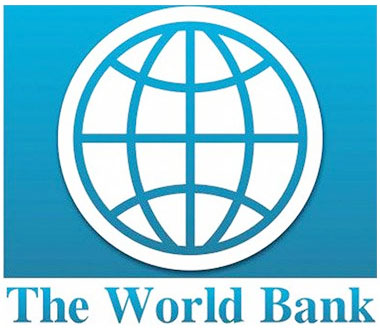Considerations of space have necessitated the editing of this paper. Care has been taken to retain all of the elements believed to be relevant to reader interest.
Local Content policies aim to leverage the extractive value chain to generate sustained and inclusive growth through economic diversification and employment opportunities and generate opportunities for regional integration and international trade. Additionally, Local Content can reduce countries’ dependence on external aid.
The implementation of effective Local Content policies depends on early engagement and collaboration among government, extractive industry companies, and communities.
CONTEXT
Foreign capital in mineral and petroleum producing countries has historically driven investment and employment. However, the most valuable contribution to long term sustainable and inclusive growth comes from the ability of the extractive industries to generate further benefits to the domestic economy beyond the direct contribution of its value-added, through productive linkages with other sectors.
Government intervention in the petroleum and mining sectors to support broad-based economic growth is hardly a new trend. The extent and type of intervention has evolved over time from the restrictions on imports, and direct state intervention, to more complex policies aimed at creating backward and forward links. While these policies have the potential to stimulate broad-based economic development, their application in resource-rich countries has achieved mixed results.
Through a wide array of policy instruments employed by host governments, Local Content in the extractive industries is being given ever higher priority while oil, gas and mining companies now rate local content among the most significant expectations in the communities in which they operate.
While Local Content Policies (LCPs) have the potential to stimulate broad-based economic development their use has achieved mixed results. There are many reasons for that, not least the fact that the technological complexity of the petroleum sector often limits the possibility of developing links into the local economy. An economy that is very limited can hardly be expected to quickly supply services. A fast-growing extractive sector coupled with too ambitious local content targets may exacerbate supply bottlenecks arising from increased aggregate final demand. This would ultimately affect employment and output trends in other sectors of the economy, and create distortions and inefficiencies. Furthermore, the size and location of extractive projects also affect the type of potential links, and the speed at which they can efficiently develop.
Since LCPs are part of a broader category of policy interventions aimed at strengthening the productive structure of a particular economy, their success largely depends on their interaction and coherence with broader economic development policies and related implementation tools. Accordingly, the success of regulatory interventions to increase local employment in the oil and gas sector may require an improvement in the quality of education, changes in labor mobility and improvement in infrastructure while policies leveraging economic diversification through the extractive industry may require stable macroeconomic policies that attract foreign investment, provide more leverage in trade agreements, and improve the financial market.
The sustainability of a newly created domestic manufacturing sector, for example, may require a level of demand that goes beyond the domestic market thus giving rise to the need for trade agreements, the development of resource corridors and regional integration.
Another important related issue connected to LCPs is their compliance with international trade regulation. Although trade agreements do not appear to have been a principal concern for governments in the design of LCPs, the overall sharpening of local content requirements in many resource producers has triggered recent trade proposals suggesting a renewed interest in promoting the liberalization of energy services, and access to WTO members’ markets by foreign suppliers.
These are complex challenges that can only be addressed with a common understanding and shared objectives among stakeholders. This requires early engagement and collaboration among stakeholders, and involves cross-sectoral, national, regional, local, and cross border considerations. Supporting local employment and a competitive and sustainable local industry goes well beyond the remit of the corporate social responsibility agenda, requiring industry-wide collaboration and multi-stakeholders involvement. Critically, private sector-led initiatives need to be grounded in the overall local content strategy of the government. The lack of a clear strategy and regulatory framework ultimately hinder local content development.
Research on LCPs design and implementation in the mining and petroleum sectors suggests that knowledge and capacity gaps, lack of common standards, and inadequate stakeholders’ consultation, are among the factors that determine the relative success of LCPs among resource-rich countries. To address these gaps, SEGOM, the World Bank oil gas and mining unit is leading efforts to create a global partnership on LCPs in extractives which seeks to be a catalyst to sustainable economic diversification and increased local employment through policy change, stakeholders’ facilitation, project implementation, and knowledge creation and sharing.
Engagement is required at three levels. First, at the global level through targeted research on LCPs’ effectiveness and related implementation and monitoring tools with the objective of generating the knowledge base for the development of guidance notes and tool-kits; secondly, at the country level, through technical assistance to governments for the design of LCPs and related implementation strategies and arrangements and thirdly, through knowledge sharing by way of advocacy and the promotion of effective LCPs through dialogue with a broad cross section of societal stakeholders in both the public and private sectors.









